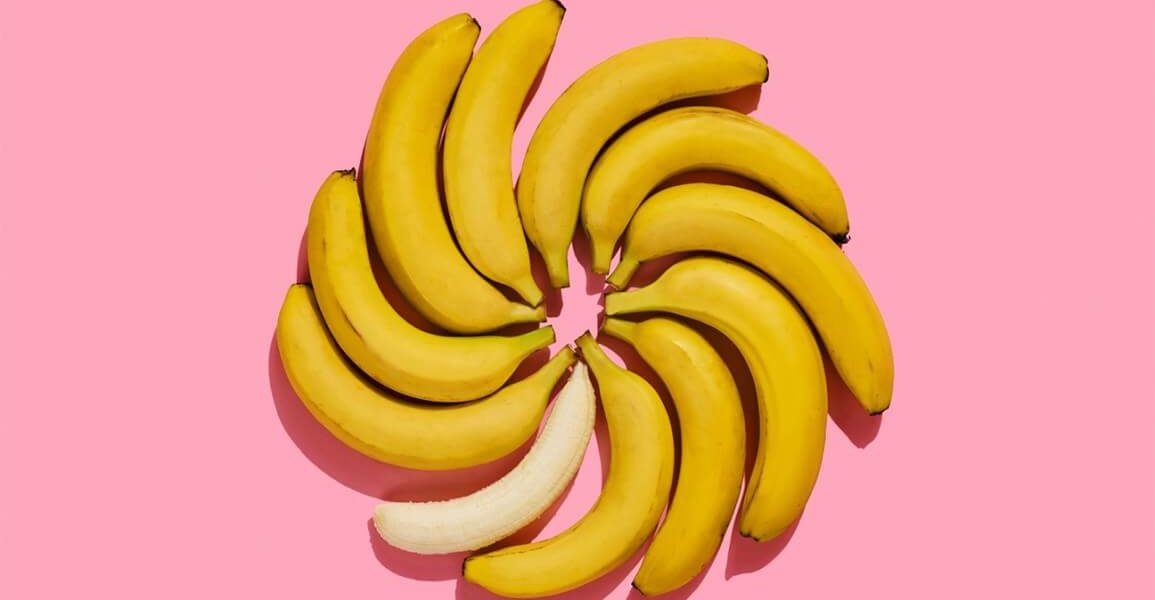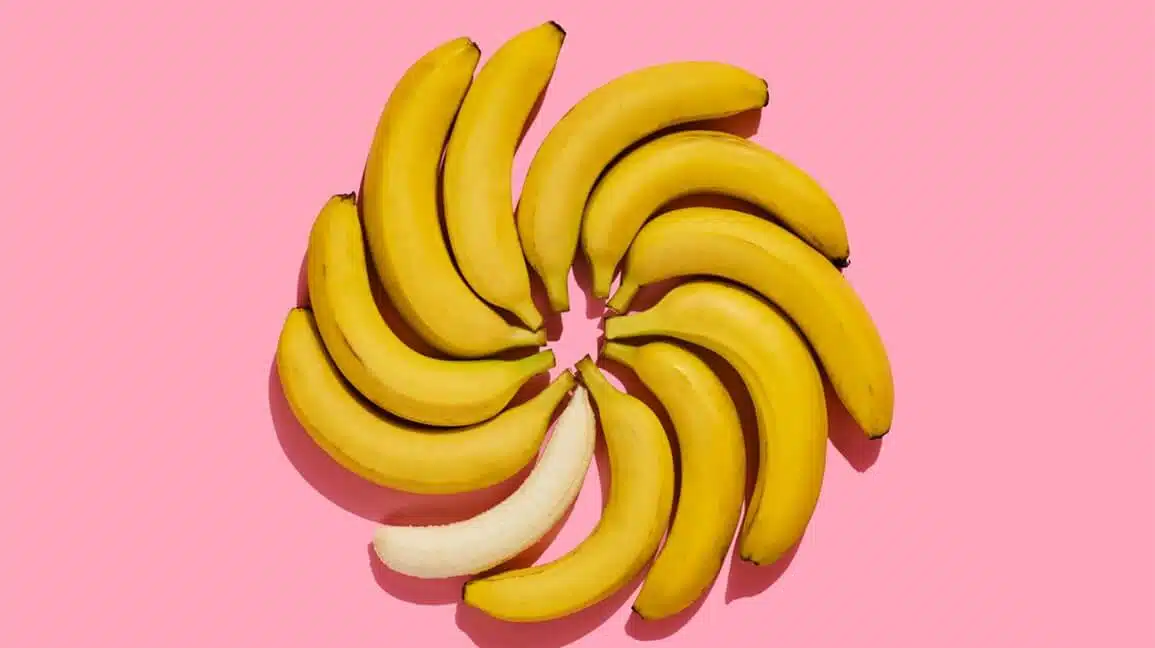Sustainability and renewable energy experts at Switzerland’s Ecole Polytechnique Federale de Lausanne (EPFL) recently released the results of a study where modifications to a process known as biomass photo-pyrolysis can produce green hydrogen from an unlikely source: banana peels.
Led by EPFL professor Hubert Girault of the School of Basic Sciences, the team modified the biomass pyrolysis process’s original methodology to produce green hydrogen and solid carbon biochar that can be used for other industrial applications.
In the original pyrolysis method, biomass – usually the organic by-product of food processing or agricultural manufacturing – is heated between 400 and 800 degrees Celsius at a pressure of up to five bars in an inert atmosphere. While there are three specific variations on the process – conventional, fast, and flash – the third is the process from which photo-pyrolysis was derived.
Flash pyrolysis involves processing the biomass at 600 degrees Celsius to produce the maximum amount of biogas at the lowest residence time. As efficient as this process is at producing biogas, it tends to involve the use of temperature- and pressure-resistant reactors specifically built for the purpose.
A Revolutionary Process
In the Girault team’s process, pyrolysis is initiated through the use of a xenon lamp. In heavy industry, xenon lamps are commonly used for curing metallic inks for use in the production of printed electronics. However, in this context, these have been modified for other purposes, including the synthetization of nanoparticles.
For photo-pyrolysis, the lamps serve as a powerful flash energy source. Shorter pulses help trigger a photo-thermal reaction where the banana peel biomass is converted into hydrogen and biochar.
To convert organic waste into biomass, the material is dried at a constant 105 degrees Celsius over a 24-hour period. The dried material is then ground and sifted into a fine powder which is placed into a stainless steel reactor at ambient pressure under inert environmental conditions. Once a xenon lamp is flashed, the conversion process only runs for a few milliseconds.
According to researcher Bhawna Nagar, banana peels were chosen as each kilo of the biomass generates approximately 100 liters of hydrogen and 330g of biochar. These are, essentially, up to 33% of the biomass’ original weight. Nagar added that the method results in a positive energy outcome of 4.09 megajoules (MJ) per kilo of dried biomass.
It should be noted that, while the hydrogen generated in the process is valuable, the resulting biochar may also be used as agricultural or horticultural fertilizer or used as a component for the production of conductive electrodes. So, essentially, nothing goes to waste thanks to the Girault method.







